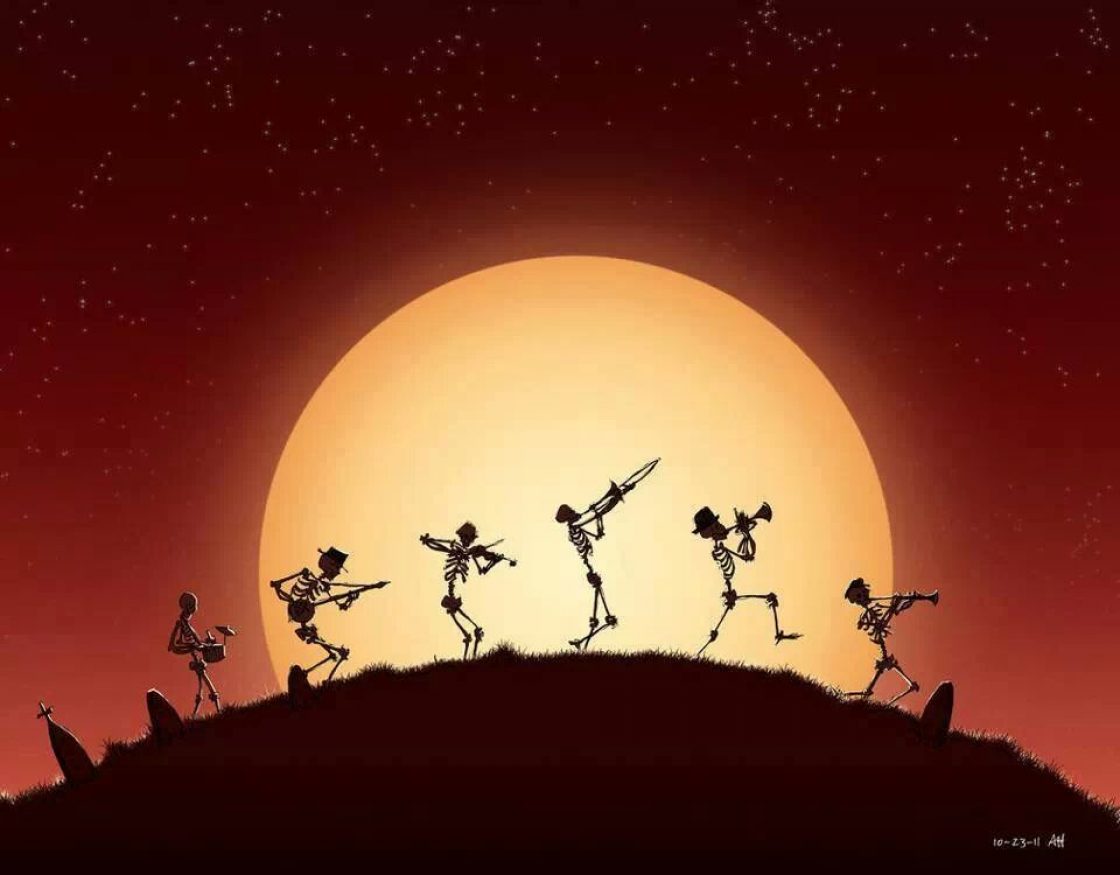Hey all,
So Monday’s Musing on Author Margot Kinberg’s latest blog post, “I Am the Observer Who is Observing* —at Confessions of a Mystery Novelist https://margotkinberg.wordpress.com/2018/05/31/
Not unlike the spotted pup above who looks to be observing all, Kinberg’s post got me thinking: how can the observer characters in crime-fiction help us write better back-story into our novels?
Kinsberg likens writers to those people in life who tend to be the natural observers, the chill peeps…nothing gets by these guys! You probably know a few. I know I do (myself included.) If you ever read Agatha Christie, you know Poirot is always looking to interview the observers, the ones who been there and saw that! And he always gets the most info out of them in terms of solving X for Y!
Similarily, if you watch any of HBO’s crime fighting shows, or BBC’s mystery dramas you know observers are the detective’s main go-to’s! Even more so than physical evidence found on scene most of the time.
As Kinsberg notes: “Observers often have a very interesting perspective, because they stand back and notice everything…can give valuable information on what they’ve seen. And their perspectives can give the detective a sense of what a group of people is like So, it’s little wonder that we see them so often in crime fiction.”
What intrigued me the most in Kinberg’s post was her mention of author Louise Penny’s book, Still Life. In it, the victim, Jane Neal, seems to be the observer, albeit from after the grave. She helps the cops by letting them know she’d known things, a lot of things, that other people in town just may have wished she hadn’t! Which, ironically enough sealed her doom!
I just so happen to be working up a novel where the victim chimes in from after the grave too. And it’s especially cool using this as a way tof deal with a character’s back-story. Back-story is so challenging. It engrosses us as we create our characters, but can too easily become the all consuming dreaded author’s “dumping ground” too. After all, we don’t want to barrage the reader in one fell swoop with 4-11 overload, right? Or, as esteemed crime fiction author Les Edgerton affectionately calls it, doing “The Rubber Ducky” (http://lesedgertononwriting.blogspot.com/rubber-ducky.):
“The “Rubber Ducky” is Paddy Chayevsky’s term for when the hero or villain, at a lull in the action, explains he is the way he is because his mother took away his rubber ducky when he was three…Always a nice scene…totally unnecessary …usually comes from not trusting the reader’s or viewer’s intelligence to “get it”….
…if you’re trying to give your hero more emotional depth, for the sake of emotional depth, without integrating his back-story…you run the risk of awakening the “dread Ducky.” Edgerton
Not sure how my attempt will go, but going back in time and letting the victim tell some of the tale from an observer standpoint seems a great way to deal-in her back-story without awakening the dreaded RD.
Could make my tale more present for the reader, involving them intimately as they hear my vic’s own voice relaying the rough-ride. Better her than me, no? Gotta get out of my characters way and let them do the heavy lifting!
Thoughts, comments, odd musings on the topic?
Drop em’ all below, and let’s talk!
Ciao for now,
Lisa



